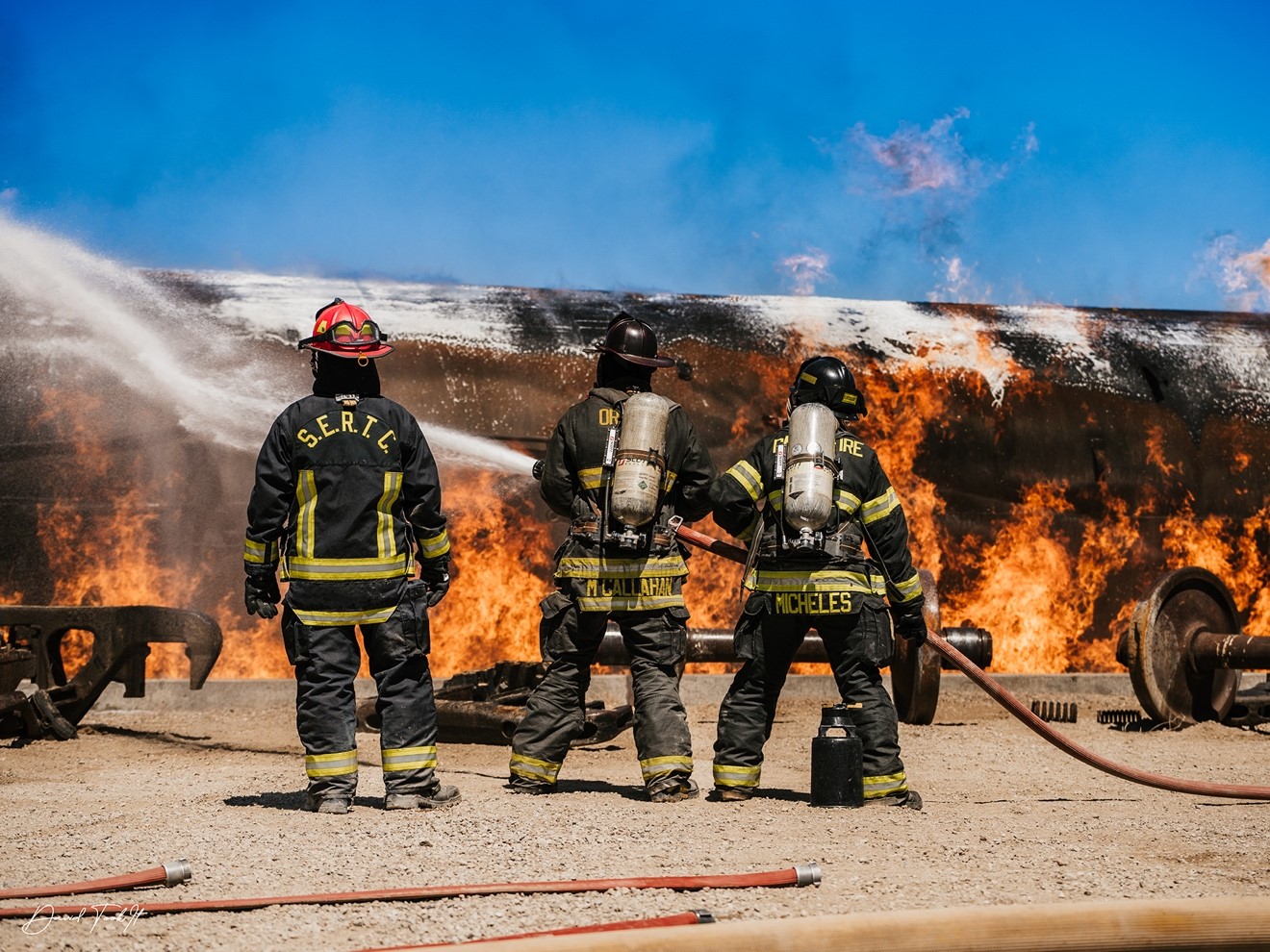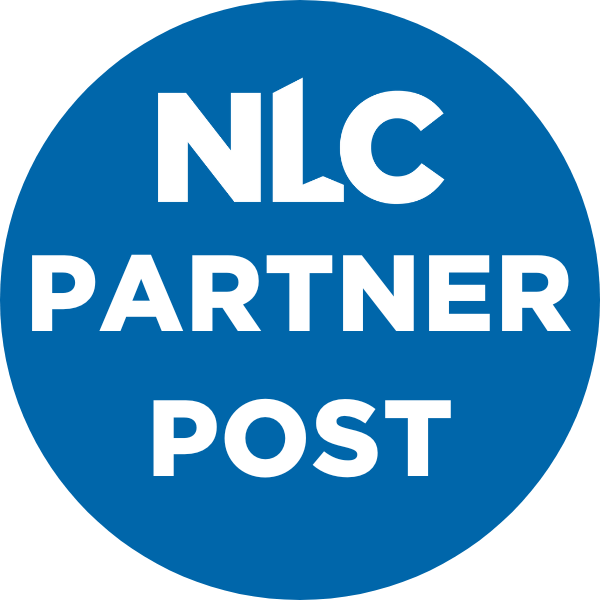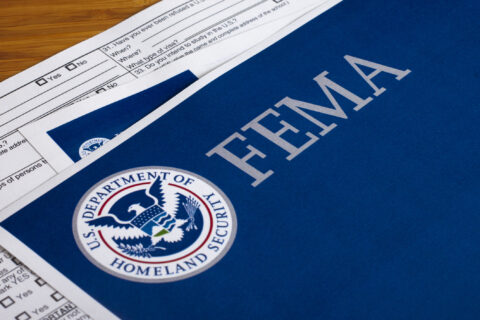Authored by Niki Toussaint, Senior AVP of Marketing and Education, Security and Emergency Response Training Center (SERTC)
Cities and towns with railroad tracks may want to look to Federal Emergency Management Agency (FEMA) grants to prepare first responders for hazardous materials incidents.
While Federal Railroad Administration data shows hazmat accident rates per carload are down 80 percent since 2005 and that more than 99.9 percent of hazmat shipments by rail arrive without incident, training like SERTC’s is critical if something goes wrong. The Security and Emergency Response Training Center (SERTC), a division of the world’s leading rail research, testing and consulting center at MxV Rail in Pueblo, Colorado, offers a proven path forward — and FEMA grant funding can make this life-saving training accessible to cities of all sizes.
Here are five ways that FEMA grants can help your local first responders train for rail hazmat incidents:
1. FEMA Grants Remove Financial Barriers
Through FEMA’s Homeland Security National Training Program, cities can send eligible first responders to SERTC with costs for tuition, travel, lodging and meals fully covered. This means your city can access top-tier training without straining local budgets — a practical solution for communities facing tight resources.
2. AFFIRM Training Addresses Emerging Hazmat Threats
SERTC’s AFFIRM course — Alternative Fuels & Flammable Incident Response & Management — is designed to prepare responders for the unique challenges posed by new energy sources and evolving transportation risks. As cities and towns see more alternative fuel vehicles and infrastructure, AFFIRM equips teams to handle incidents involving ethanol, biodiesel and other flammable materials safely and effectively. Also covered by FEMA funding, AFFIRM is free to attend for first responders who apply to the program.
3. Remote Training Brings SERTC to Your Community
Not every city or town can send large groups of responders to Pueblo. That’s why SERTC offers remote course delivery, bringing expert instructors and hands-on learning directly to your community. This flexible approach ensures that even smaller or rural departments can benefit from world-class training — without the need for travel.
4. Training That Makes a Difference
Localities across the country have seen the impact of SERTC training, with graduates successfully containing hazardous spills in local waterways and preventing injuries in real-world incidents. Pasco County Fire Rescue in Florida credited SERTC training with helping them confidently contain a hazardous materials incident last year — an event they thought would never happen. Similarly, Rankin County Emergency Operations in Mississippi applied multiple techniques from SERTC’s Hazardous Emergency Response Scenario (HERS) course during a complex rollover involving a grain trailer and a propane bobtail, both spilling product. Their ability to manage this high-risk situation demonstrates how SERTC training translates directly to safer communities and more resilient emergency response systems.
5. Flexible, Future-Focused Curriculum
Hazardous materials transportation is evolving, and so are the risks cities face. SERTC continually updates its curriculum — including AFFIRM and other specialist courses — to address new threats, technologies and lessons learned from recent incidents. Whether your city is preparing for rail, highway or intermodal hazmat challenges, SERTC can tailor training to your needs.
Consider SERTC
FEMA grant funding makes it possible for cities to access the nation’s best hazmat response training at SERTC — whether onsite in Pueblo or delivered remotely in your own community. We hope you will consider how SERTC can help your city build resilience, protect residents and prepare for the unexpected.
Resources to Learn More
Visit sertc.org or contact Niki Toussaint, Senior AVP of Marketing and Education, at niki_toussaint@aar.com for more information.
GoRail helps local leaders understand grant opportunities, build partnerships with railroads and advocate for smart, future-focused rail policies. The public benefits of freight rail extend from stronger local economies and more jobs to reduced congestion and emissions. Rail also remains the safest mode for transporting hazmat.
Visit the NLC Strategic Partnerships page to learn more about the organizations like GoRail dedicated to making NLC the premier resource for local governments.








